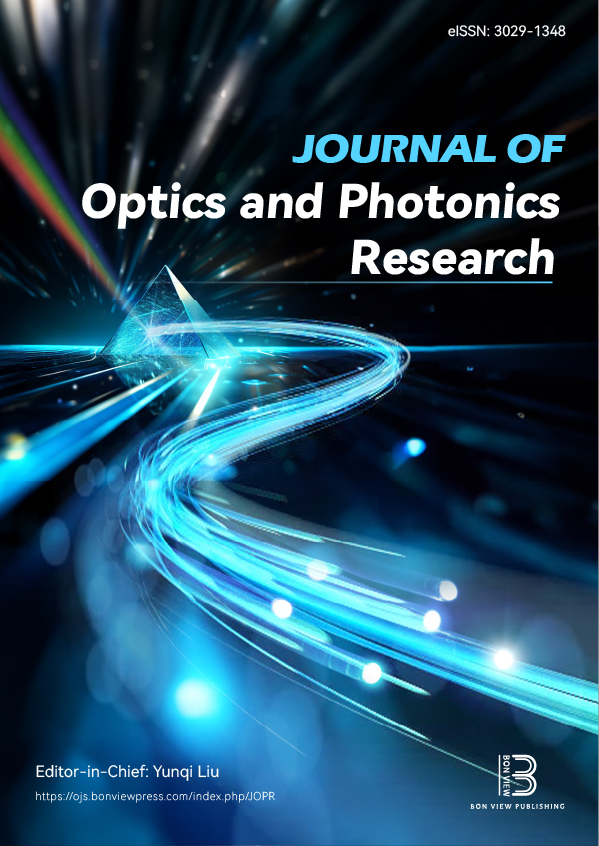Sustainable Nanoparticle Synthesis Using Tinospora cordifolia (Giloy) Leaves Extracts: Evaluation of Antimicrobial Efficacy Against MultiDrug Resistant Bacteria and Optical Features
DOI:
https://doi.org/10.47852/bonviewJOPR52025045Keywords:
aqueous extract, bioactive compound, optical property, biomedical applications, antimicrobial activityAbstract
Sustainable synthesis, also known as environmentally benign synthesis, of nanoparticles, presents an energy and resource-efficient approach for the development of nanoparticles to advanced materials with considerable biomedical potential. This study focuses on the synthesis of zinc oxide (ZnO) nanoparticles using Tinospora cordifolia (Giloy) leaves, aqueous extract as a natural strengthening and stabilizing and natural reducing agent. The bioactive compounds present in the leaves extract facilitated the reduction of zinc ions (Zn2+) to ZnO nanoparticles under optimized reaction conditions. For the characterization of nanoparticles, analytical tools were used like UV-Vis spectroscopy and X-ray diffraction (XRD) to determine the size of nanoparticles, their morphology, and crystalline structure. Green-synthesized ZnO nanoparticle's optical properties and their energy band gap were evaluated, which revealed an energy band gap of approximately 3.12 eV, which suggests their efficiency for photocatalytic and biomedical applications. The antimicrobial potential of the green-synthesized ZnO nanoparticles was assessed against a pathogen associated with waterborne infections which is Aeromonas hydrophila, showcasing multidrug-resistant (MDR) activity. The nanoparticles exhibited significant biocidal activity, with a zone of inhibition that is directly correlated to the size of nanoparticles and their concentration. The effectiveness of antimicrobial activity is attributed to the unique physicochemical properties of the ZnO nanoparticles, including a high surface area and size-dependent reactivity, which increases their interaction with bacterial cell membranes. This study brings to light the potential of Tinospora cordifolia-mediated green synthesis of ZnO which is a renewable and competent method for producing biofunctional ZnO nanoparticles. The encouraging antimicrobial activity, coupled with their tunable optical properties, positions these nanoparticles as valuable agents in combating multidrug-resistant bacteria, with further applications in nanomedicine, biosensing, and environmental remediation technologies.
Received: 20 December 2024 | Revised: 26 March 2025 | Accepted: 16 April 2025
Conflicts of Interest
The authors declare that they have no conflicts of interest to this work.
Data Availability Statement
The data sharing is not applicable to this article as no new data were created or analyzed in this study.
Author Contribution Statement
Jyoti Jaglan: Conceptualization, Methodology, Writing – review & editing, Supervision. Anshu Jaglan: Methodology, Validation, Investigation, Writing – review & editing, Project administration. Bajinder Singh: Formal analysis, Resources. Harsh Jaglan: Software, Formal analysis, Resources, Data curation, Visualization. Preeti Jaglan: Validation, Investigation. Savita Jaglan: Investigation, Writing – original draft. Monika Barala: Conceptualization, Writing – original draft, Visualization, Project administration.
Downloads
Published
Issue
Section
License
Copyright (c) 2025 Authors

This work is licensed under a Creative Commons Attribution 4.0 International License.


